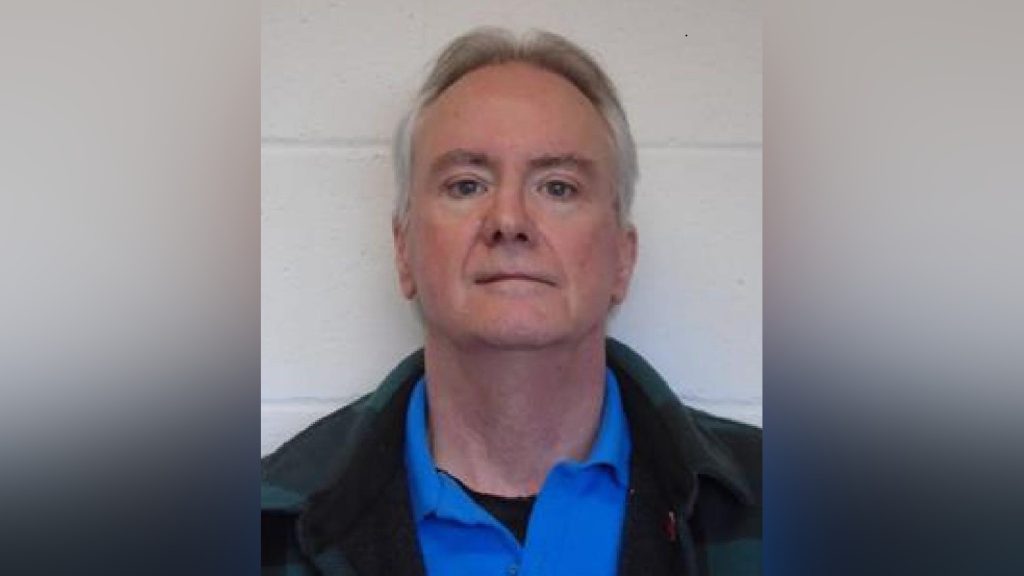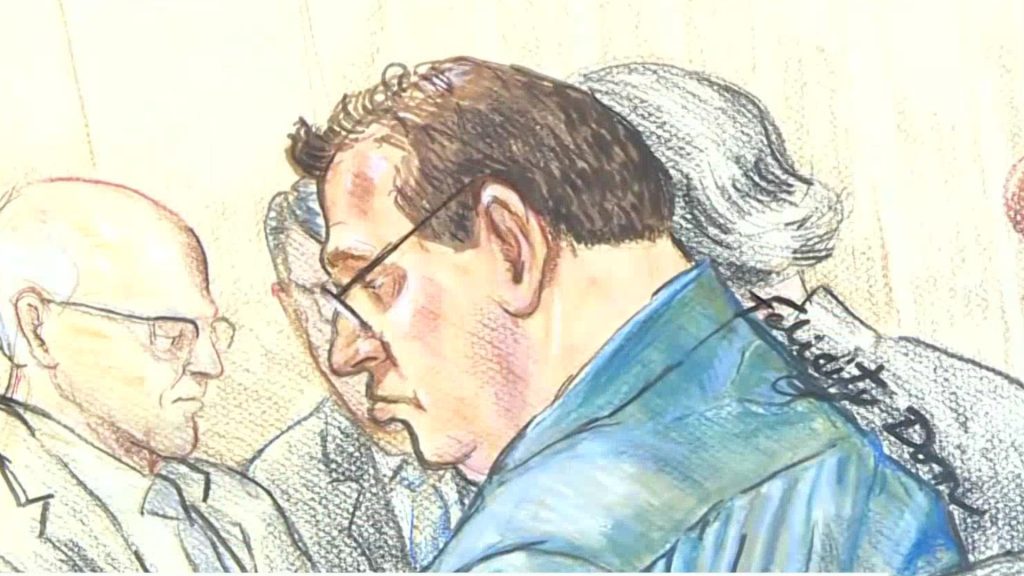From near-death to art: How New Zealander Jennifer Flay revived the dull Paris art scene
Posted October 21, 2015 9:33 am.
Last Updated October 21, 2015 10:40 am.
This article is more than 5 years old.
PARIS – Her neck was broken and she was being kept alive by machines after the car crash that nearly killed her.
Most people who come back from these make-or-break moments in life find religion, others new meaning to life, but very few decide to take on an “insignificant” Paris art fair on the brink of collapse and succeed in transforming it into one of the most influential in the world.
But there’s nothing ordinary about bright-eyed New Zealander Jennifer Flay, 56, who in 2003 defied her instincts to say “no” and took on the challenge to lead France’s Foire International d’Art Contemporain — and herself — on an incredible journey.
Since then, FIAC has grown from next to nothing to become one of the world’s most talked-about arts events, attracting over 241 exhibitors from around 30 nations and churning out hundreds of millions of dollars in sales.
At its Wednesday opening, Paris was alight with artistic events and performances, breath-taking installations in the Tuileries Gardens and the Louvre — and the fair spilled into the far reaches of the Seine river with a new forum that celebrates artistic up-and-comers from 17 countries called “Officielle.”
Getting there was an uphill journey, says Flay, who is now fully recovered from her accident. FIAC as it was when she took over was “humdrum,” ”boring” and “insignificant,” she says, adding that most of the major galleries had deserted it. For FIAC’s 30th birthday in 2003, the front-cover of the prestigious art magazine “Beaux Arts” poignantly read “FIAC: Birthday or Funeral?” and the stakes were raised further when a rival arts fair, The Frieze, was launched the same year in London.
It was her grassroots knowledge of the gallery world and international contacts book that helped her rally support over the years. But more important, she says, was the fact that she was a foreigner.
“Not being French actually helped me as my Anglo-Saxon approach to things — more business-like, more pragmatic — got FIAC back on the map,” Flay told The Associated Press.
“It helped me not only get round obstacles, but ignore some that I didn’t even know existed,” she added.
Flay was awarded France’s highest award, the Legion d’Honneur, and has never looked back to her pre-accident life as a gallerist.
“I had this near death experience: broke my neck, coma, head injuries,” she said.
Flay added that the life-changing experience had taught her “about the meaning of working and being alive” and that she wanted to try to give something back to society and to take risks.
She joins the long hall of fame of foreigners who have shaken things up in the City of Light. The founder of Paris’ haute couture industry, Charles Frederick Worth was English. American Julia Childs popularized French cuisine. Paris-based artists Salvador Dali and Pablo Picasso were Spanish. And France’s most famous trend-setting queen, Marie-Antoinette, was Austrian.
“Paris is porous and is a place that’s always welcomed and thrived with foreigners, even with the current debates about immigration,” she said, referring to the migrant crisis which has seen hundreds of thousands of displaced spill into Europe because of crises such as Syria’s civil war.
One of FIAC’s greatest strengths is that is acts as a barometer to the world around it.
On Wednesday one artist, Rashid Johnson recreated a Berlin-type wall in front of the fair’s main venue, the Grand Palais. The mortar between the bricks is Shea butter — a metaphor ridiculing the childishness of prejudice.
Asking to sum up the FIAC in a few words, Flay displays her trademark mix of confidence and self-deprecation, that has served her well in the snooty Paris salons.
“Exciting, and powerful,” she hesitates, before laughing. “Was that pretentious? Let’s say a work in progress.”
FIAC runs from Oct. 22-25.
___
Thomas Adamson can be followed at Twitter.com/ThomasAdamsonAP










